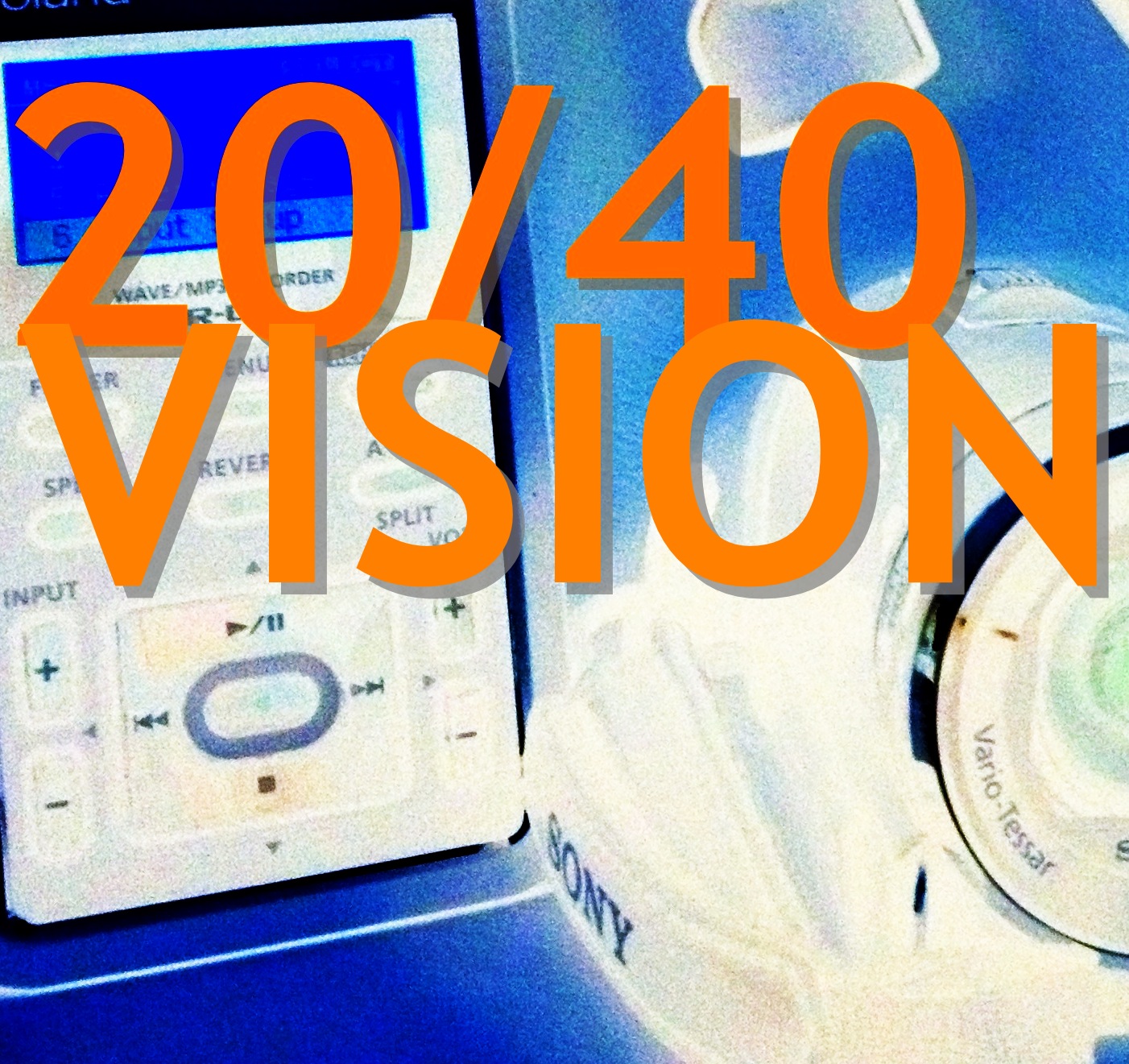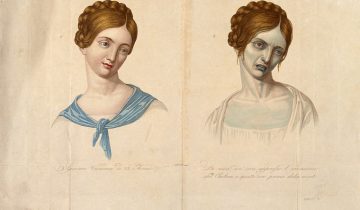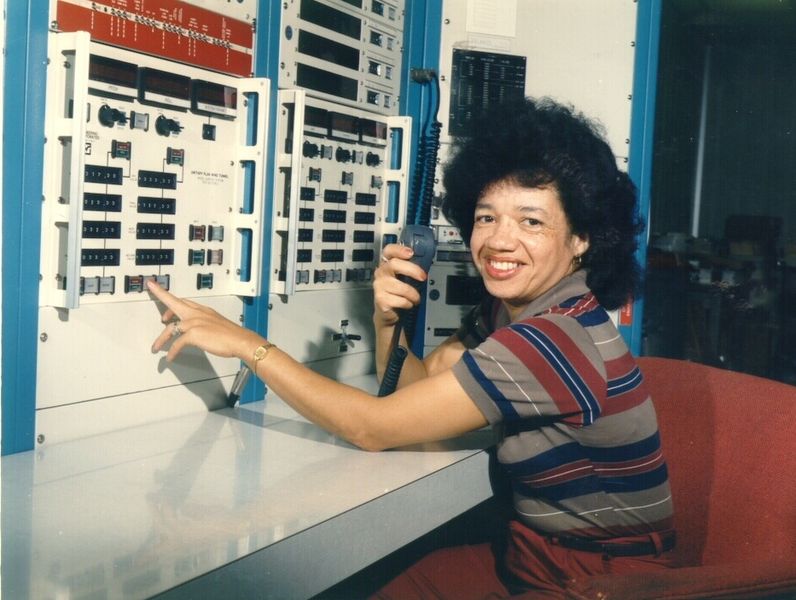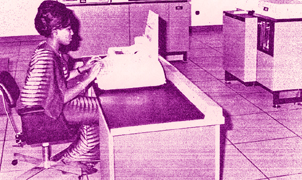Last spring I tried an experiment with the way I teach historiography–the study of how history gets written and constructed–by offering a multimedia class called “Filming the Past.”
Filming the Past was a history and digital humanities course that tried to help students understand the process by which history is written and then disseminated to wider, “popular” audiences. In addition to talking about traditional historiography, the course asked how certain historical accounts become popularized as the truth or “common knowledge?” What role do visual media, particularly films and documentaries, play in the process of creating and understanding the past? How can film be a force for uncovering and popularizing “hidden” histories that upset our assumptions about the past?

The course tried to change things up a bit by focusing on less well-known chapters in history, looking at how films and documentaries were tools for disseminating historical knowledge and how they could also be activist interventions in how we understand the past and its relationship to the society we live in today. So we looked, for instance, at the untold stories of women confined in Ireland’s Magdalene Laundries, and the cover-up of the 1961 massacre of French-Algerian citizens in the streets of Paris.
Students learned how to write a short history from primary documents, and also to conduct interviews, create their own podcasts, and finally, short video documentaries on a historical topic. Teaching students how to write a historical paper is something I do each semester, but teaching students how to make a historical podcast was new. As a result, I decided to go through the exercise of making a podcast several times before articulating the lesson to students.
I offered the class a few podcast episodes of my own both to model what I wanted to see, and also so that we could, as a class, discuss the difficulties and problems we all ran into while recording, editing, and processing audio. Here are the episodes I produced. In the next post, you’ll see some of the students’ podcasts.



